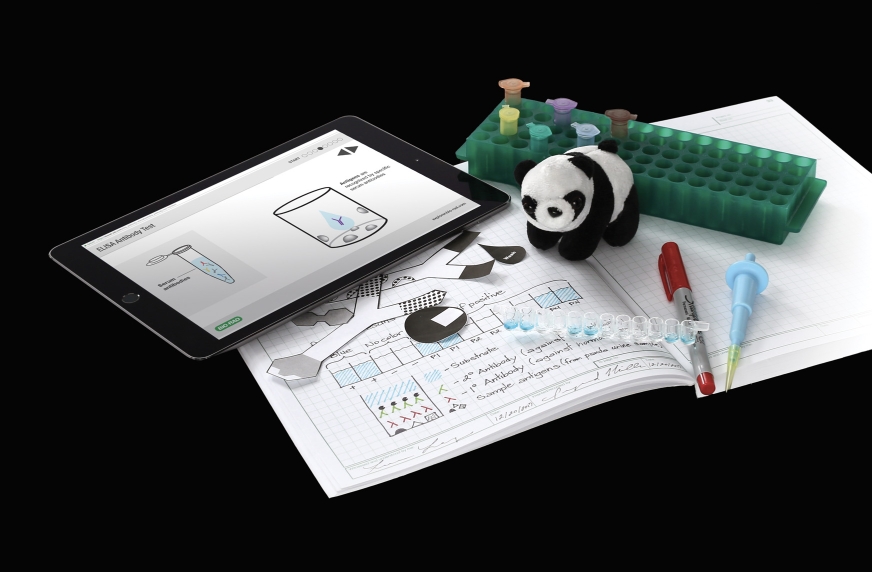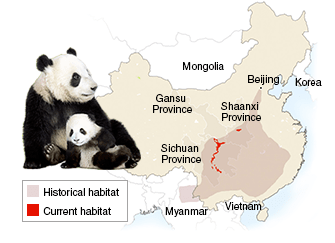
Overview
Note:This kit can be modified to accommodate at-home use as well as individual workstations in socially-distanced classrooms.
Download instructions for modification.

Over the past four decades, the giant panda population has been severely threatened by many factors including:
- Habitat destruction and fragmentation through human activities and climate change
- Poaching
- Slow reproduction because of their narrow reproductive window

Humans can support the recovery of the giant panda population by protecting pandas in the wild and their habitat, and by developing molecular and behavioral techniques that enhance panda copulative interactions in captivity.
The Giant Panda Problem Kit for AP Biology provides tools for your students to examine simulated urine samples from giant pandas to determine which panda(s) show evidence of a pregnancy-related complication (pre-eclampsia) through the presence of anti-phospholipid antibodies. Then, in a flexible, guided, or open inquiry investigation, students will design their own ELISA to determine which of four pandas is nearing ovulation to increase the chances of pregnancy in captivity.
Features and Benefits
The Giant Panda Problem Kit is the ultimate way to help your students understand physiological systems by combining immunology, reproductive endocrinology, epidemiology, and the unique properties of antibodies that have revolutionized medicine. As a ThINQ!™ Investigation, the kit is designed to enable students to think through scientific discovery.
- Aligns with AP Biology Big Ideas 2 and 4
- Enables both qualitative and quantitative measurements of reactions
- Integrates multiple core content areas and life science research techniques
With this kit, students are able to
- Perform a genuine antibody ELISA (Investigation 1)
- Design and execute a hormone detection ELISA (Investigation 2)
Timeline and Contents Overview
The flexible curriculum will fit within a broad range of available laboratory times. A possible extended inquiry arrangement is:
- Day 1: Pre-lab activity (modeling the ELISA) and background review
- Day 2: Investigation 1 — antibody ELISA — digital and/or hands-on* inquiry investigation
- Day 3: Investigation 2 — hormone detection ELISA
- Day 4: Post-lab assessment — a paper-based modeling activity and reflection questions
Select the kit that is right for your students:
| Giant Panda Problem Kit (17002878EDUComing Soon) |
Classic ELISA Immuno Explorer™ Kit (1662400EDU) |
|
| Standards alignment | AP Biology | General Biology, Biotechnology, Career and Technical Education (CTE) |
| Pedagogical support | Open, guided, and structured inquiry | Structured inquiry |
| Main learning objectives | Focus on student-driven questions and problem solving | Mastery of technical skills |
| Experiments | Investigation 1 — antibody ELISA Investigation 2 — student-designed hormone detection ELISA Focuses on inquiry process |
Three possible approaches to ELISA. Pair with many disease scenarios including HIV, Zika, bird flu, tuberculosis, and many more. Course content alignment ranges across biodefense, immunology, environmental science, and health science. |
| Kit contents | Materials for 8 student workstations to perform both investigations* | Materials for 12 student workstations to perform one protocol approach |
*Additional disposable plastic transfer pipets required. See Instructor's Guide for more details.
Additional Information

This hands-on activity is integrated with the Lt Biology Collection, the online learning platform from ADInstruments.
Specifications
(2–4 students per workstation)
Ordering
items
Use the filters below to refine results!

Refills










